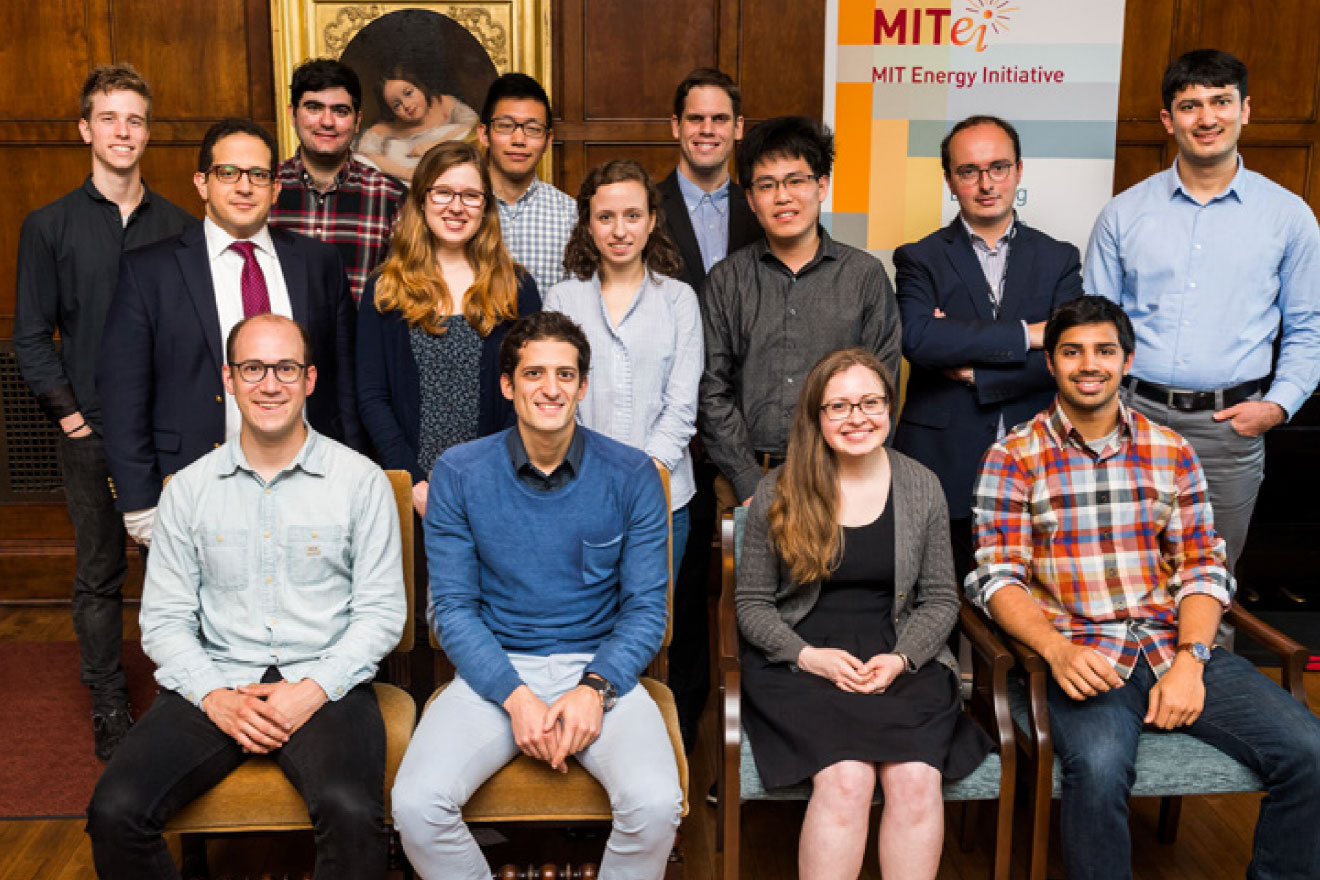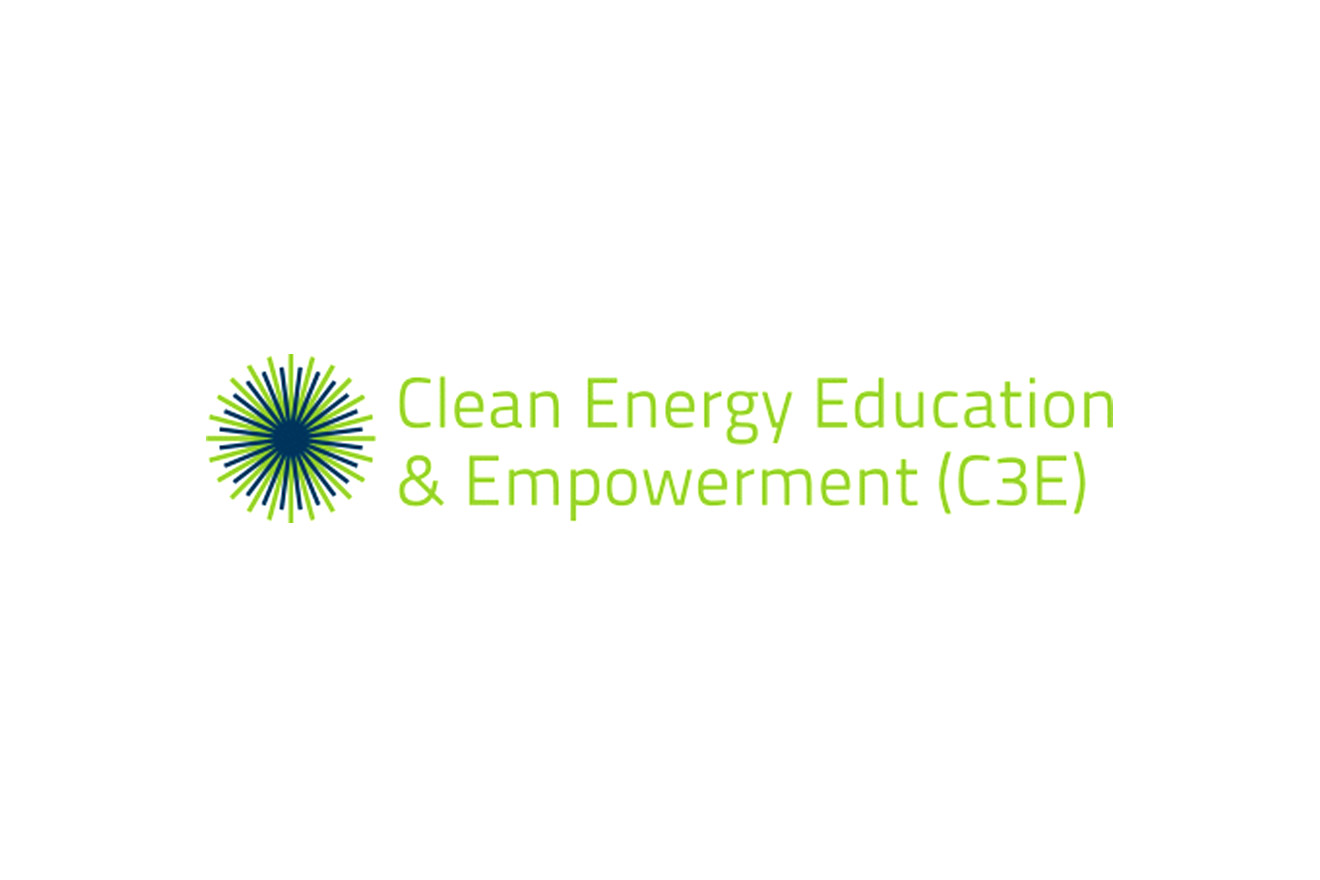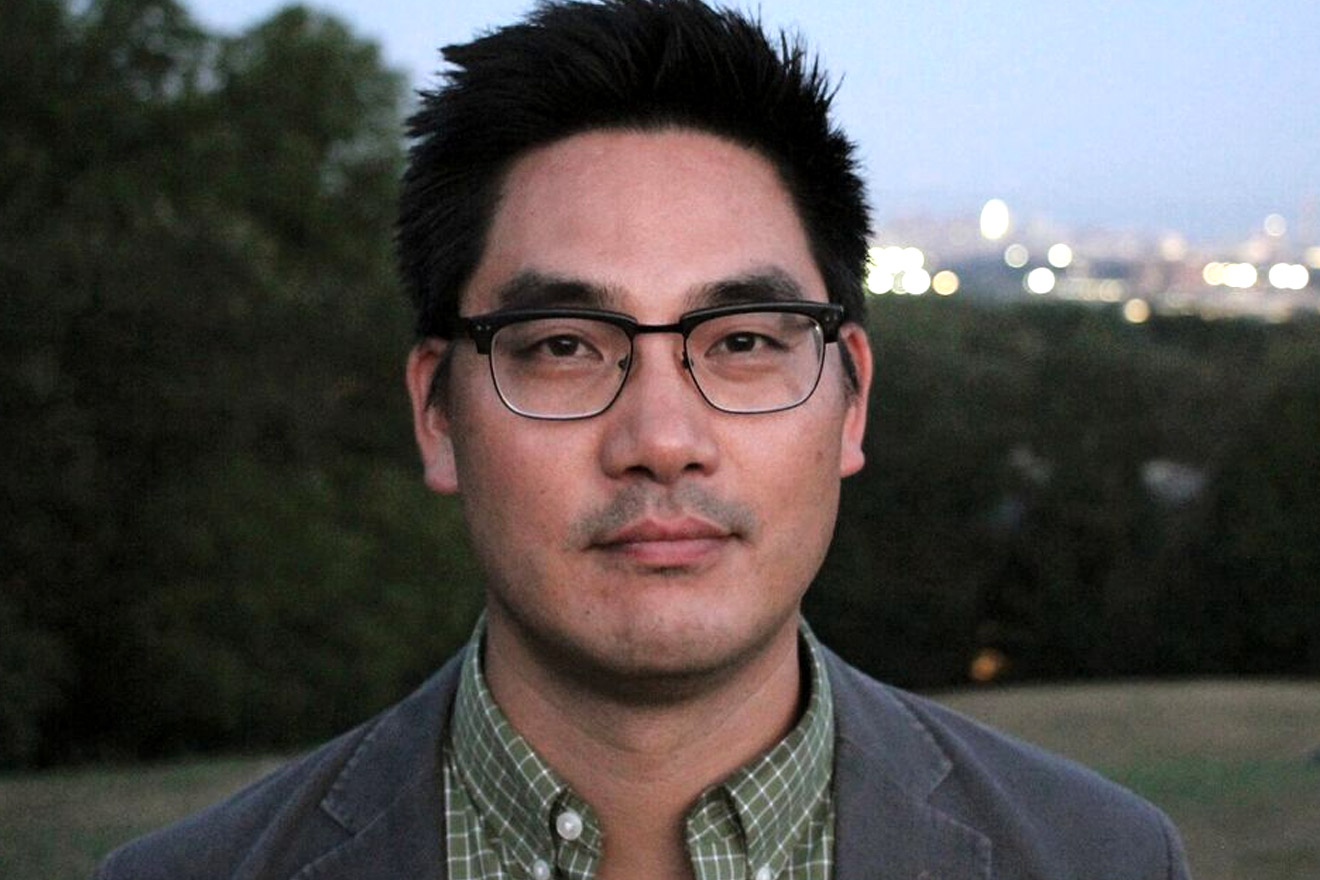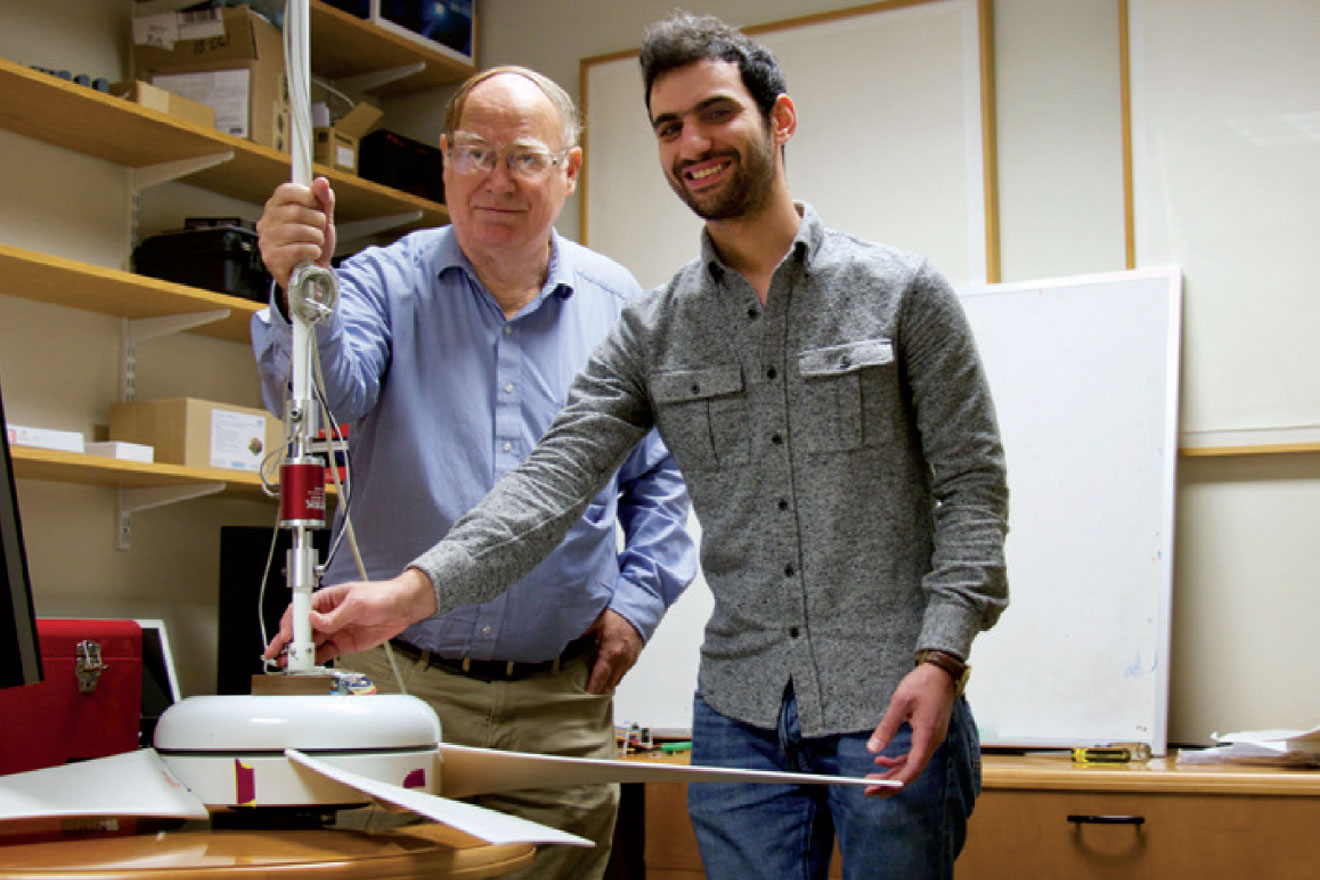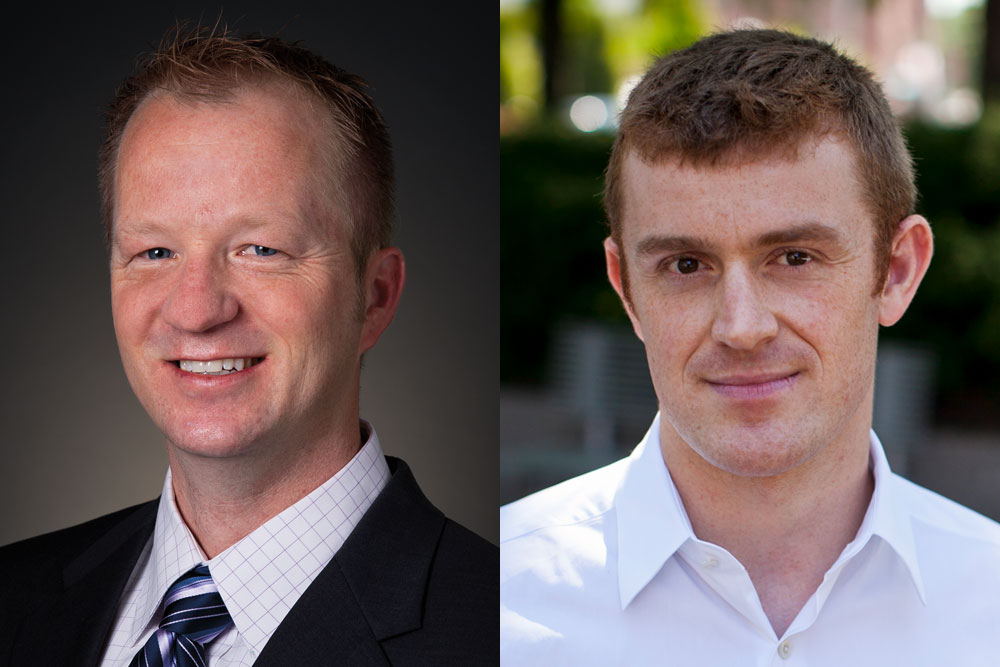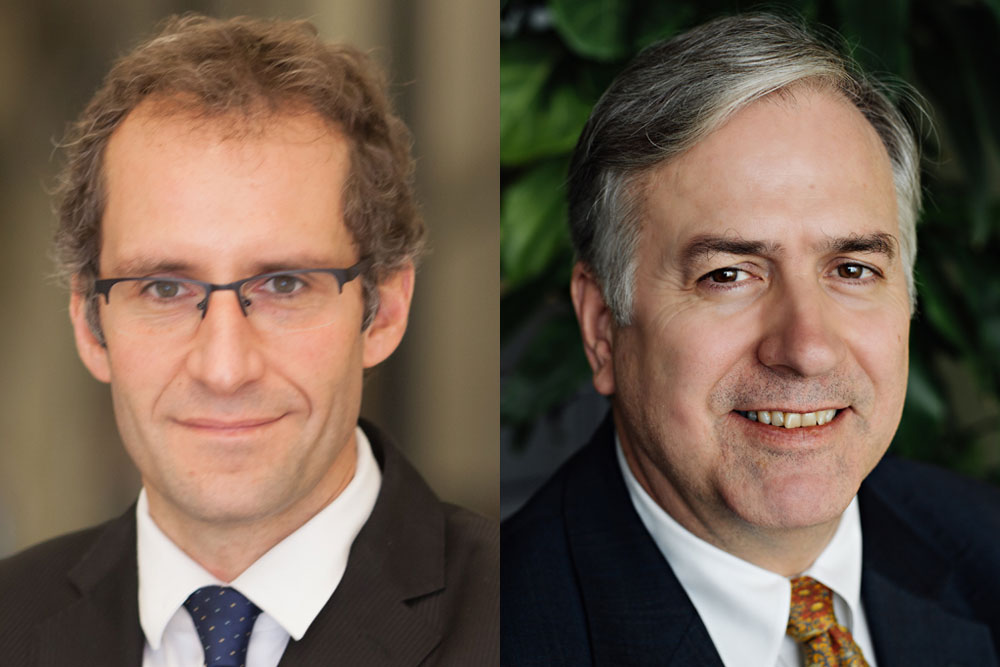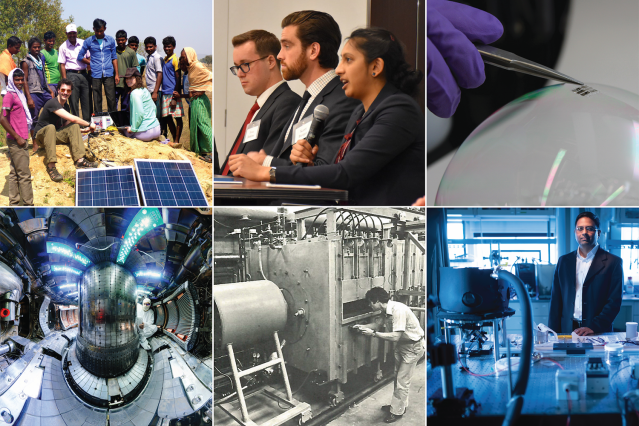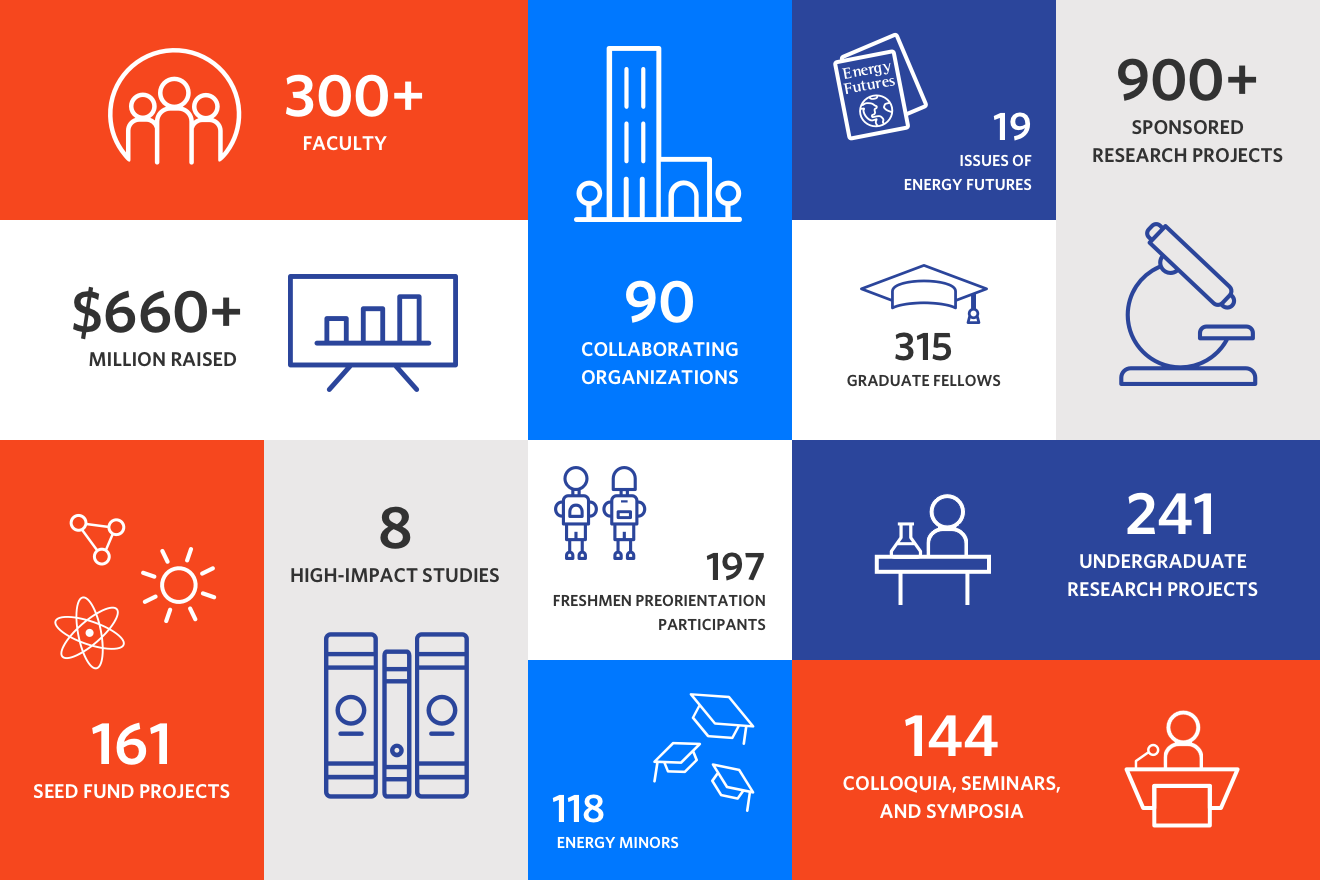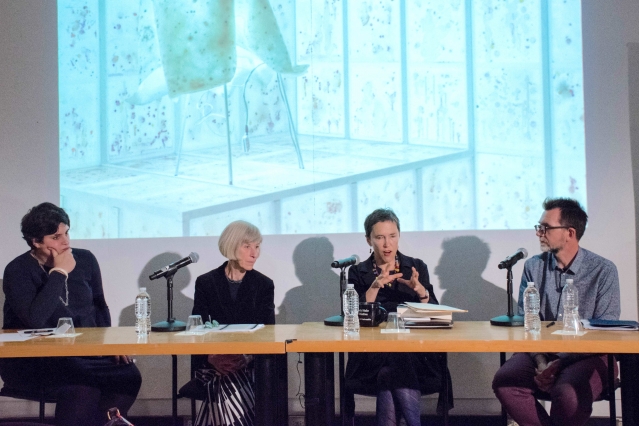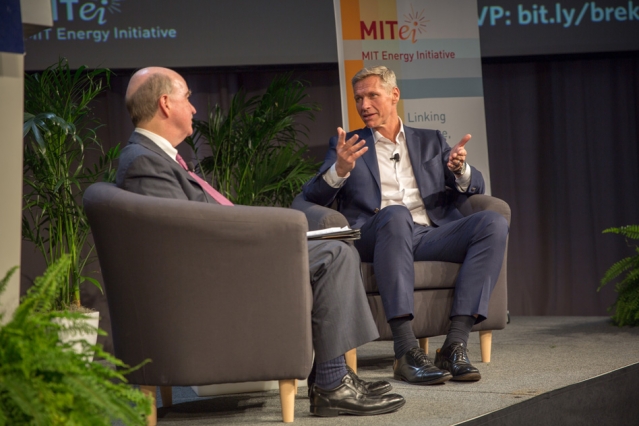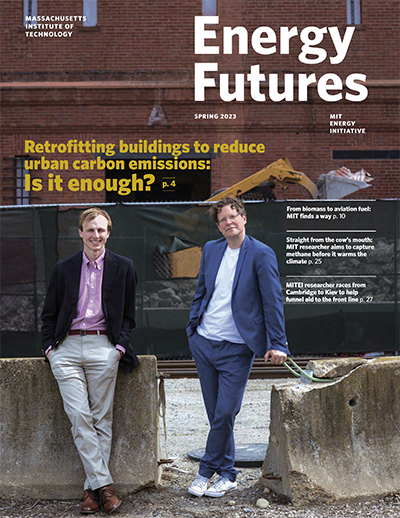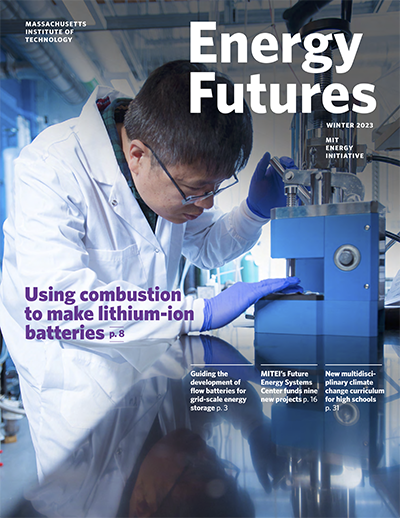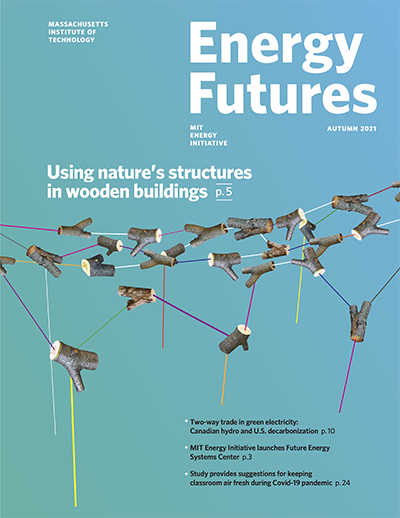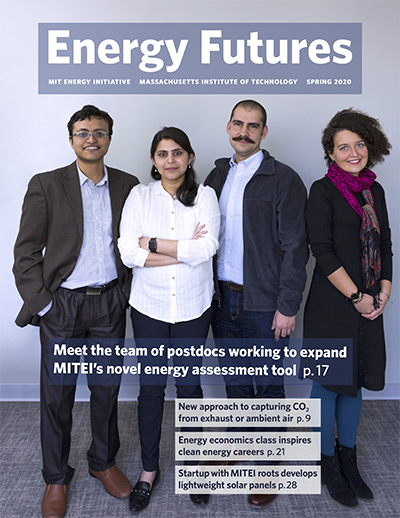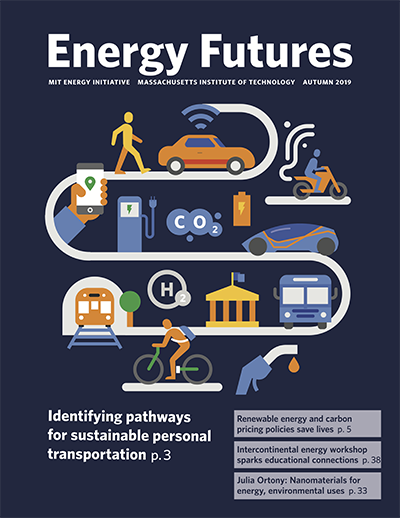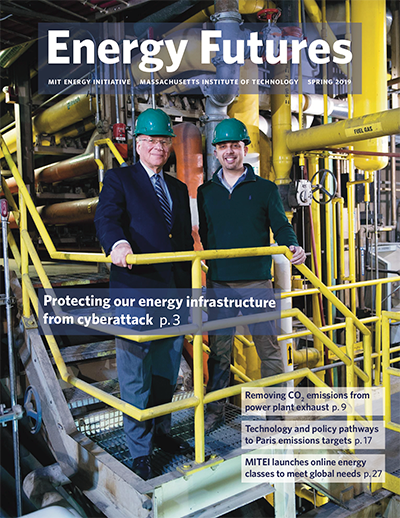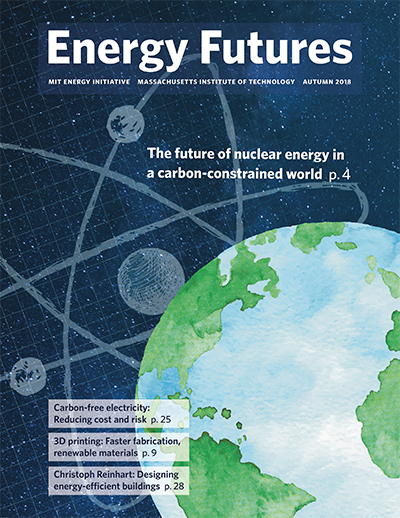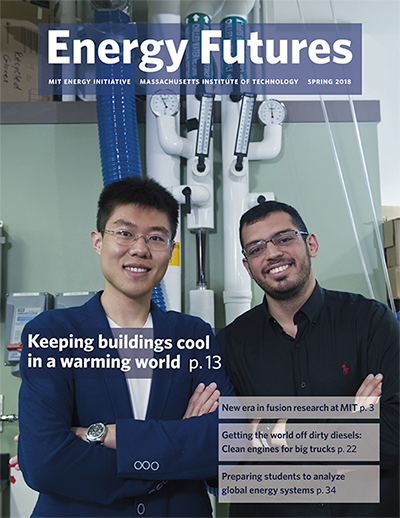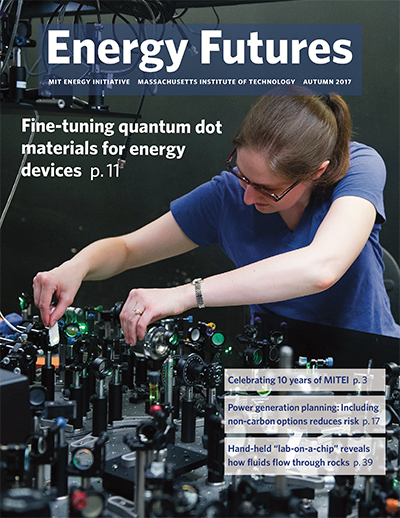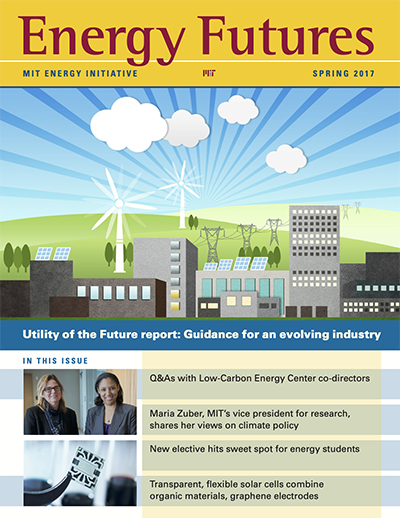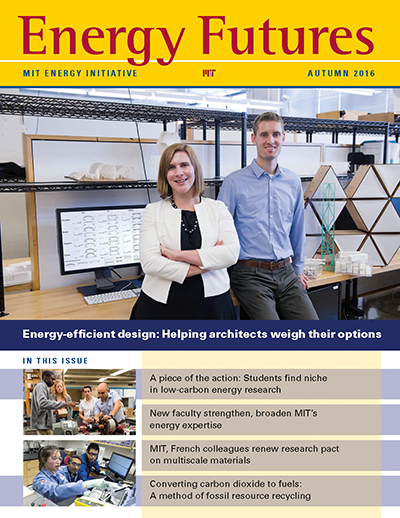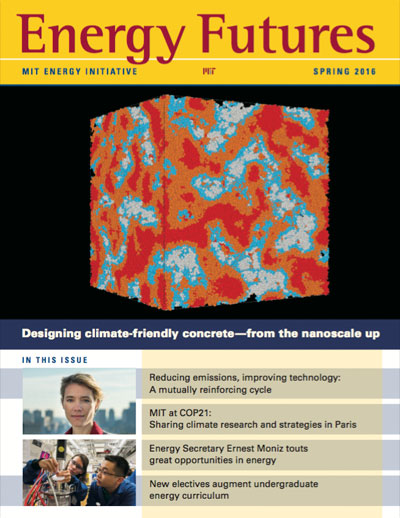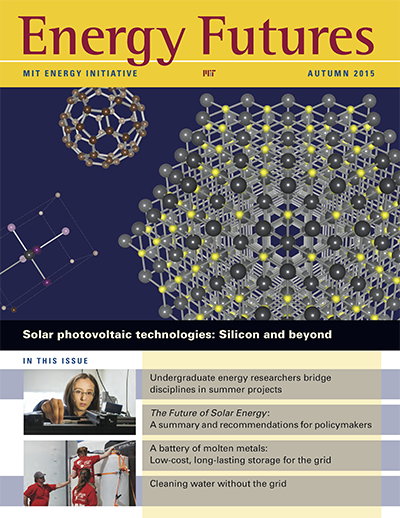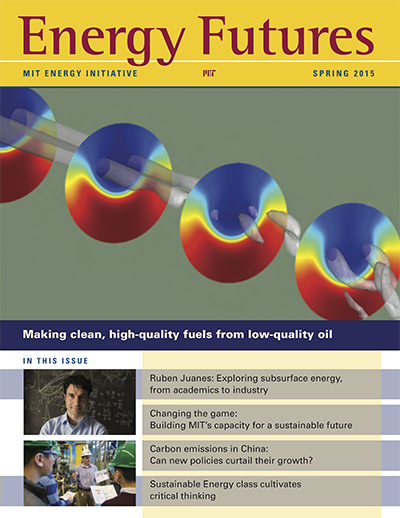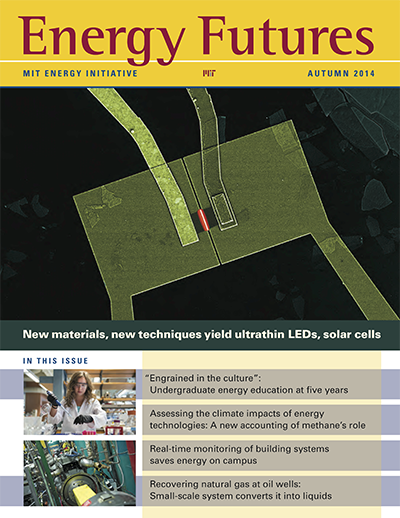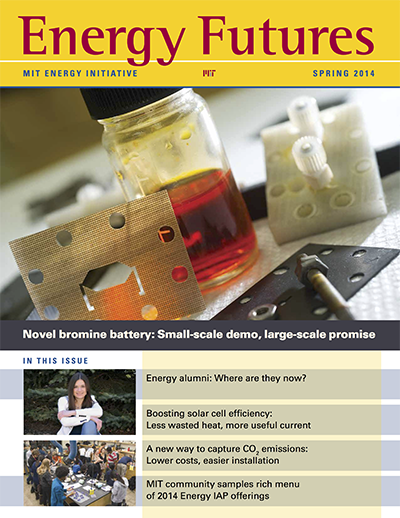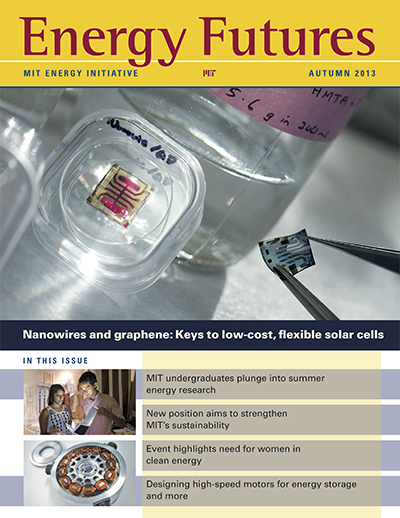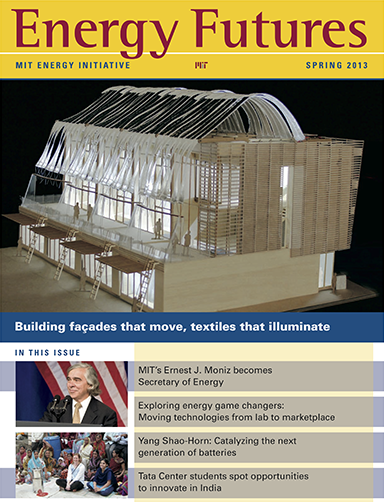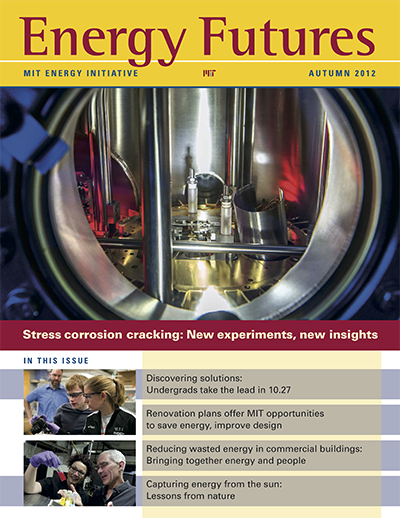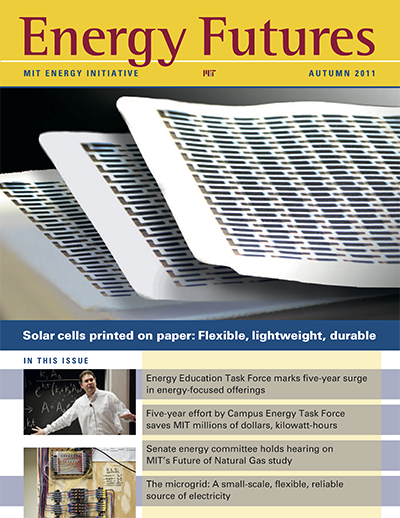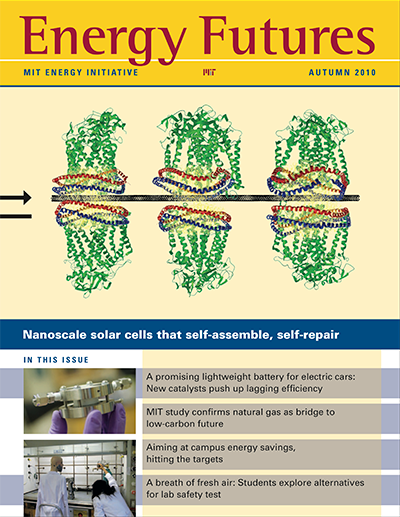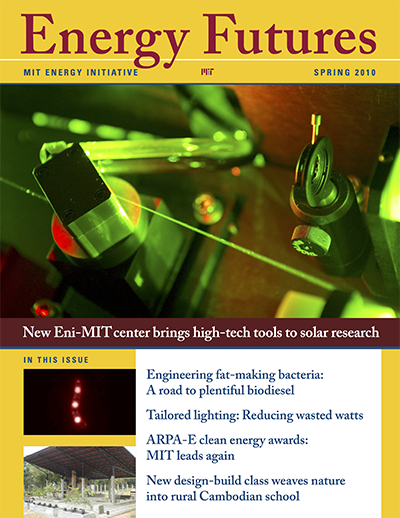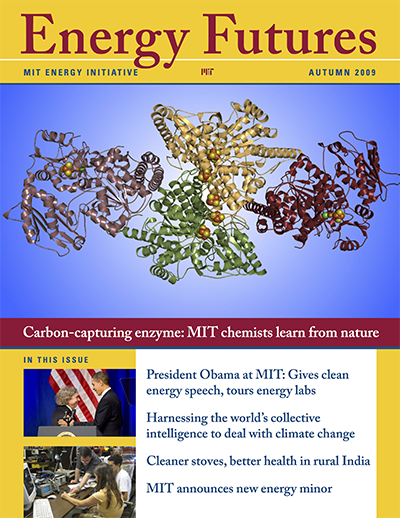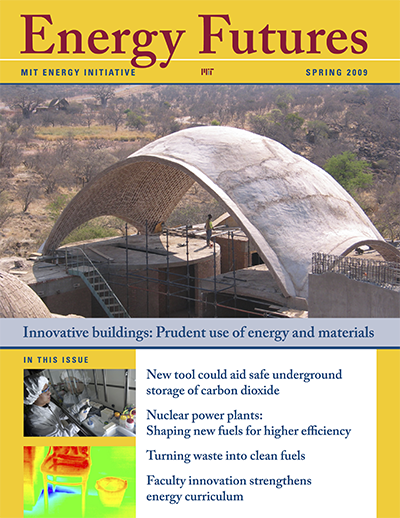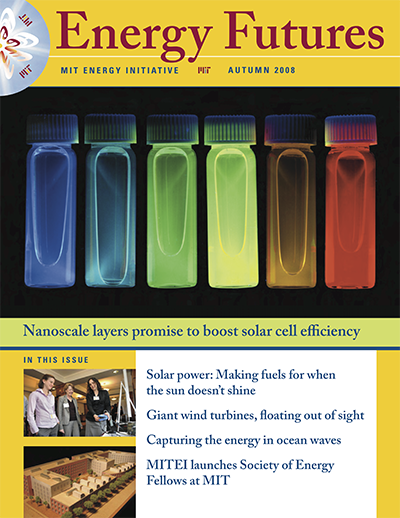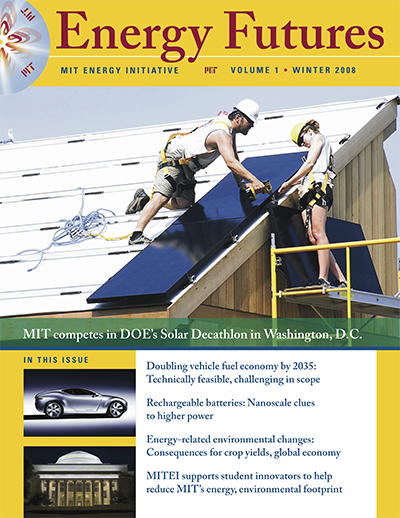Letter from the director
Dear friends,
Welcome to the newly redesigned Energy Futures. As you’ll read in this issue, MITEI is celebrating our first 10 years and looking ahead to the coming decades. Reflecting on the research, student engagement, and contributions to policy dialogue that have made MIT’s energy community so extraordinary, we wanted this publication to showcase these dedicated people and their innovative projects as vividly as they deserve.
With this redesign, we’re also reaffirming our commitment to bringing you compelling articles that we hope not only inform but inspire: stories of researchers advancing technologies and methodologies that can help tackle the dual challenges of climate change and affordable energy access; students and alumni who are making valuable contributions locally and abroad; and initiatives here at MIT that are aimed at furthering public understanding of the most urgent energy and climate issues of our time.
Our cover story for this issue is a prime example of MIT researchers’ work to advance energy-related technologies for a low-carbon future. Professor William Tisdale and his team have been working on quantum dot materials that can—in theory—be tuned for high performance in specific energy devices. But engineering the necessary nanoscale structure has proved challenging. Now, the team has produced films made of quadrillions of nanocrystals in a configuration that will allow the rapid flow of current through solar cells as well as through thermoelectric systems that turn waste heat into electricity.
Translating energy research and data into actionable information for industry and policymakers is another core element of MITEI’s mission. Jennifer Morris, a research scientist with the MIT Joint Program on the Science and Policy of Global Change, has developed a tool that can help planners in power companies decide what kinds of new generating facilities to build, given the uncertainty around future limits on carbon emissions. Her analyses show that including non-carbon generation in the mix will reduce the long-term economic risks of decisions made today.
In this issue, you’ll also hear from faculty members like Ruben Juanes, whose new class helps students visualize complex energy processes and applications with a hand-held “laboratory-on-a-chip”, and students whose summer energy internships with leading companies took them to Germany, India, and Spain. Assistant Professor David Hsu shares a preview of changes that will make the Energy Studies Minor more flexible and accessible to all undergrads, and Low-Carbon Energy Center co-directors discuss the work of the advanced nuclear energy systems and electric power systems research centers, to mention a few of the articles in this issue.
We hope you enjoy our new look and the articles herein. Please get in touch with any feedback or thoughts for future issues, and thank you, as always, for reading about the work of our energy community.
Warm regards,

Professor Robert C. Armstrong
MITEI Director



